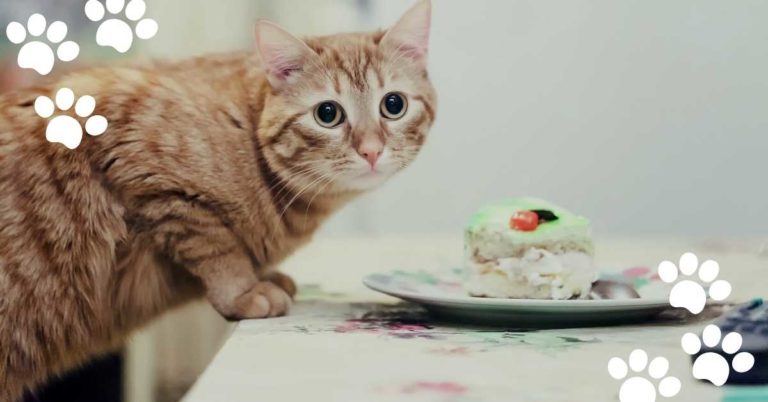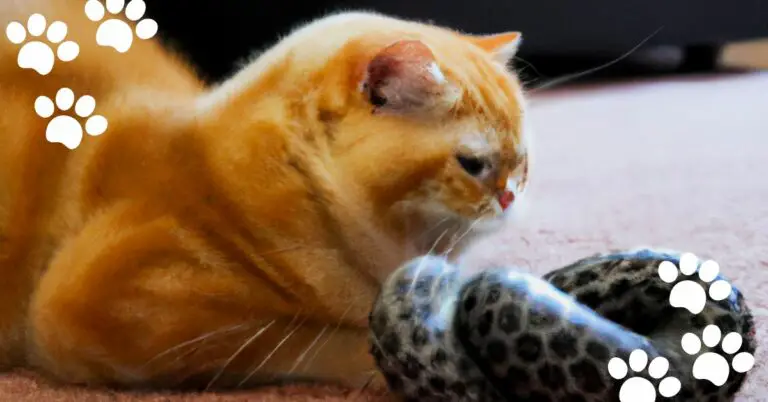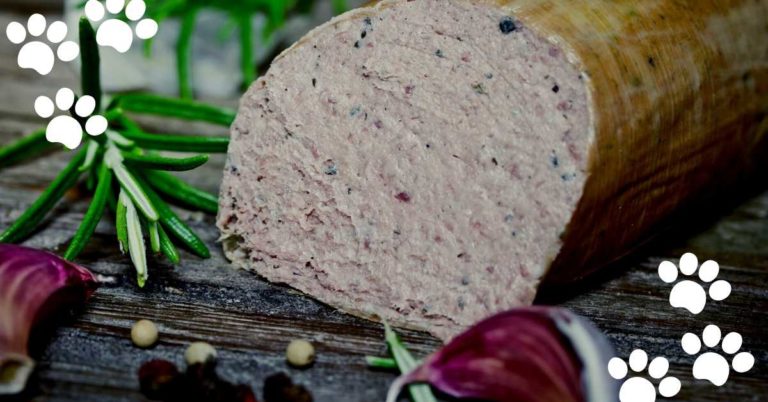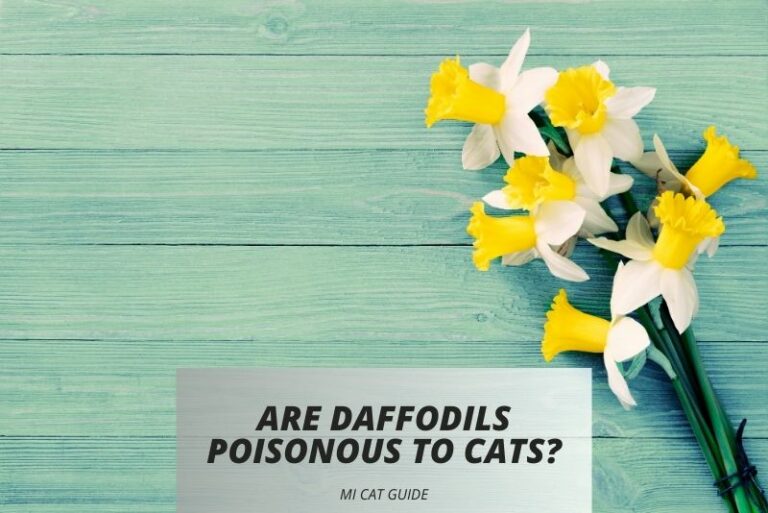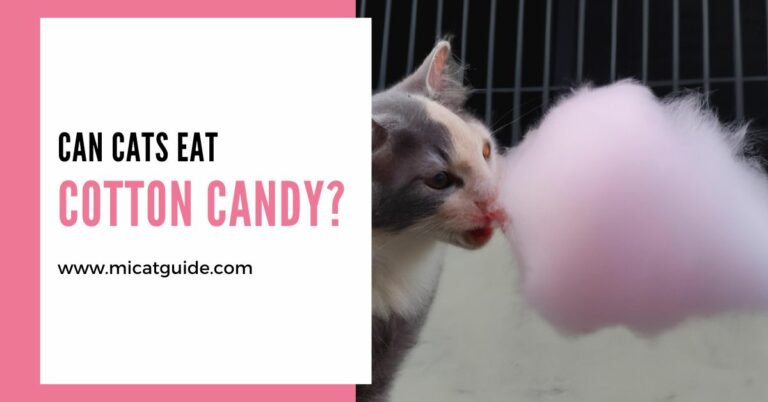Identifying Toxic Foods for Cats: A Guide for Pet Owners
Ensuring the health and safety of our feline companions is a primary concern for cat owners. While certain foods are safe and even beneficial for our four-legged friends, there are a number of common household items that can be lethal to cats if ingested. The joys of sharing a nibble with your cat is often overshadowed by the risks associated with human foods that don’t sit well with their delicate systems.
In this comprehensive guide, we will explore the toxic foods cat owners need to be keenly aware of and discuss how to keep our curious pets safe from dietary dangers.
Understanding the Risks: Common Toxic Foods for Cats
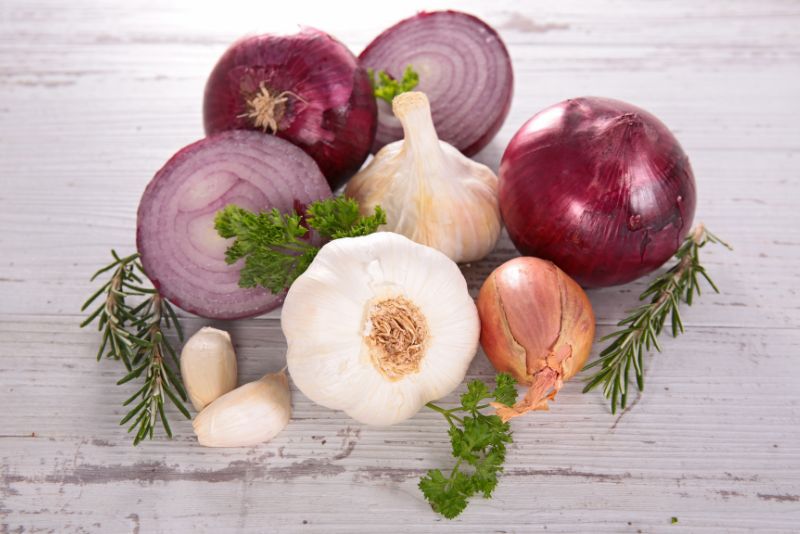
Cats, notorious for their choosiness, are not always the best decision-makers when it comes to their culinary choices. Here’s a look at everyday edibles that pose a threat:
Chocolate
Our delighted consumption of chocolate does not extend to cats. This human treat contains theobromine and caffeine, both of which are toxic to felines and can affect their heart, central nervous system, and kidneys.
Onions and Garlic
Members of the allium family, including garlic, onions, scallions, shallots, and leeks are harmful to cats because they can cause oxidative damage to red blood cells, leading to anemia.
Grapes and Raisins
The toxic substance in grapes and raisins, which causes severe kidney damage in cats, is currently an unknown chemical compound, the consumption of which can land your pet in a critical condition.
Xylitol
This sugar substitute found in various candies, gums, and even some peanut butter brands, is unsafe for cats. Xylitol can lead to a rapid release of insulin, resulting in low blood sugar, seizures, and even liver failure.
Other Hazards
Alcohol, caffeine, and foods high in fat are all risky treats for cats. Alcoholic beverages and foods containing alcohol can cause vomiting, diarrhea, decreased coordination, central nervous system depression, difficulty breathing, and even death. High-fat foods can lead to pancreatitis, which can manifest as vomiting, diarrhea, loss of appetite, and severe abdominal pain.
Recognizing the Symptoms of Food Toxicity in Cats
Often, a discerning eye and knowledge of your cat’s usual behavior can serve as the first line of defense against food-related illnesses. Look out for the following signs:
Vomiting and Diarrhea
Immediate symptoms of food toxicity can include repeated episodes of vomiting and an onset of diarrhea, often bloody.
Lethargy
Ingestion of toxic foods can make your cat drastically sleepy or weak. Lethargy is a common early warning sign for cat owners to watch for.
Tremors and Seizures
More severe symptoms can include tremors or seizures, which require immediate veterinary attention.
Difficulty Breathing
Toxic food ingestion can also lead to difficulty breathing, which could be a sign of anaphylactic shock or other severe allergic reactions.
Preventive Measures: Keeping Toxic Foods Out of Reach
Prevention is key. Keeping toxic foods out of reach and out of the house, where possible, is the most effective way to safeguard your cat.
Securing Household Items
Store toxic foods securely in pet-proof containers or in high cabinets with doors that can’t be easily opened by a determined cat’s paw.
Education and Communication
It’s also important to educate everyone in the household about the dangers of certain foods and to have open communication about what’s safe and what’s not.
Emergency Actions: Immediate Steps to Take
In the unfortunate event of your cat ingesting something toxic, swift action is crucial.
Contacting a Vet
The first step should always be to contact a veterinarian or an emergency pet helpline to get professional advice on the next steps.
Inducing Vomiting
In some cases, the vet might advise you to induce vomiting, but this should only be done under their direct guidance or in an emergency situation where you cannot get to a clinic in time.
Monitoring Your Cat
It’s important to observe your cat for any changes in behavior, additional symptoms, and to prepare all the necessary information for when you get to the clinic.
Conclusion: Responsible Ownership Protects Our Pets
Our pets are beloved members of our families, and their health is something we should all take seriously. By staying informed about toxic foods for cats, knowing the symptoms of toxicity, and taking preventive measures, we can help ensure that our cats stay safe and healthy.
Vigilance and responsible pet ownership are the best ways to protect our furry friends from the hazards that could be lurking in our homes. Always remember, curiosity may have its own appeal, but it’s vigilance that saves lives.

